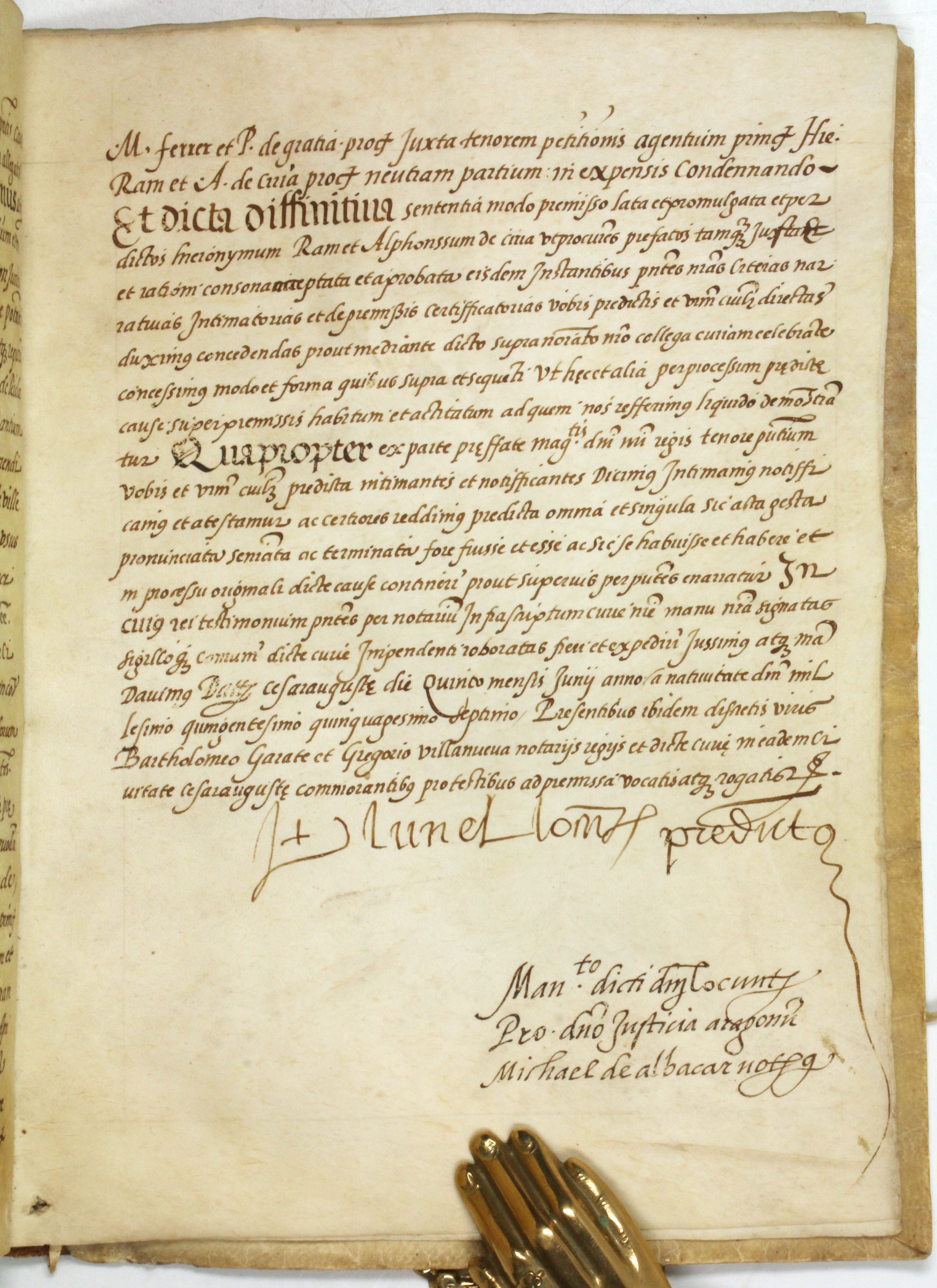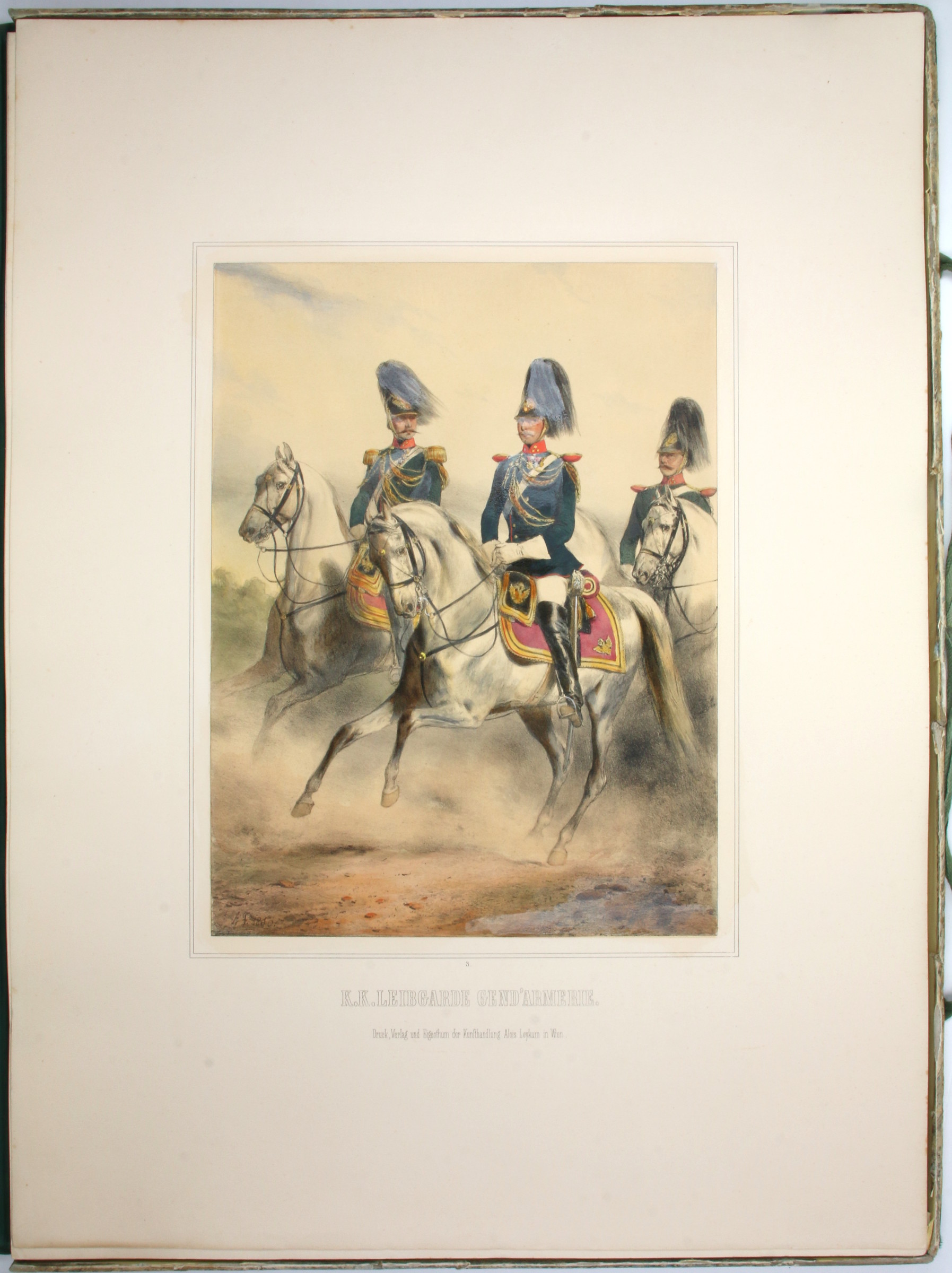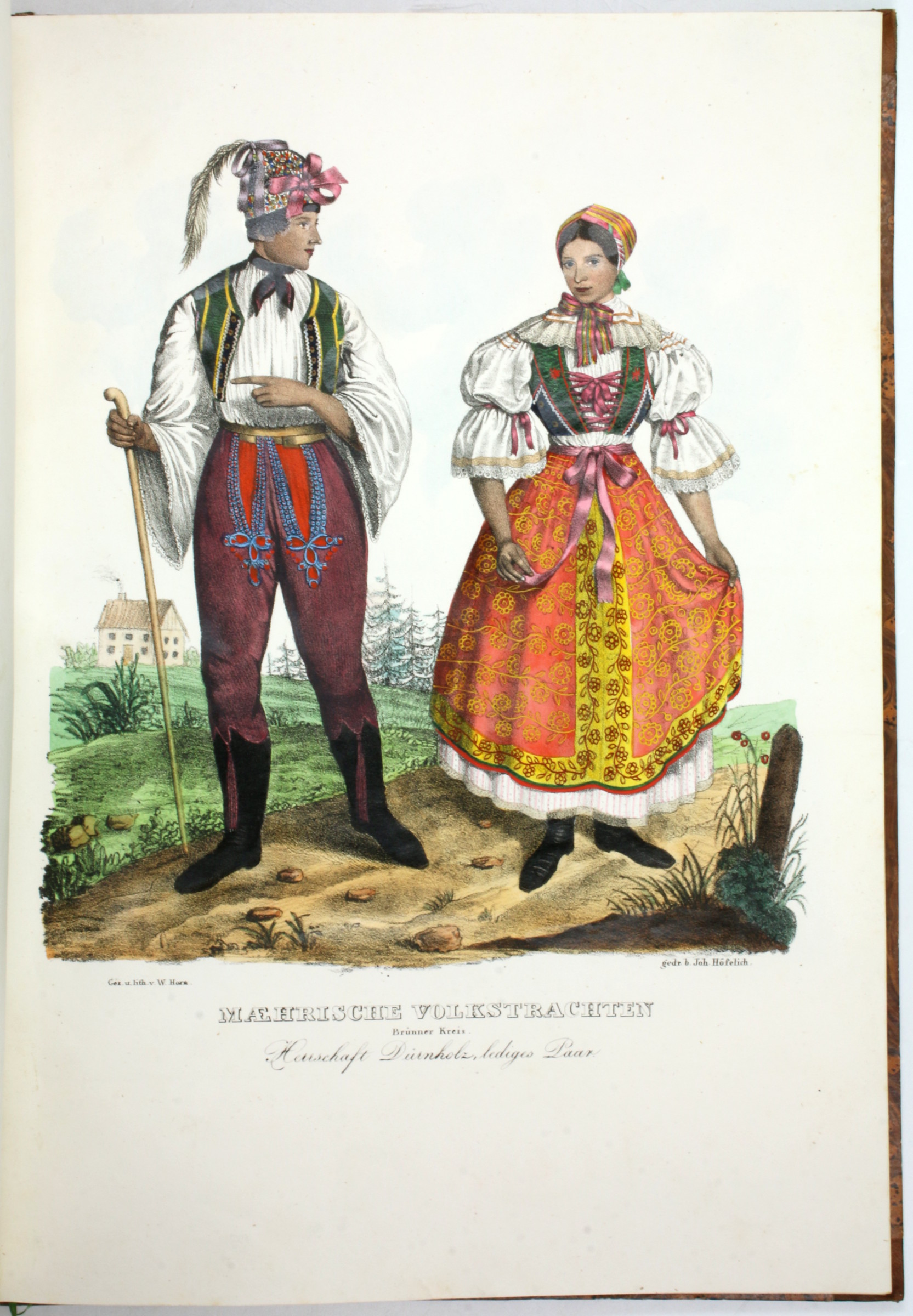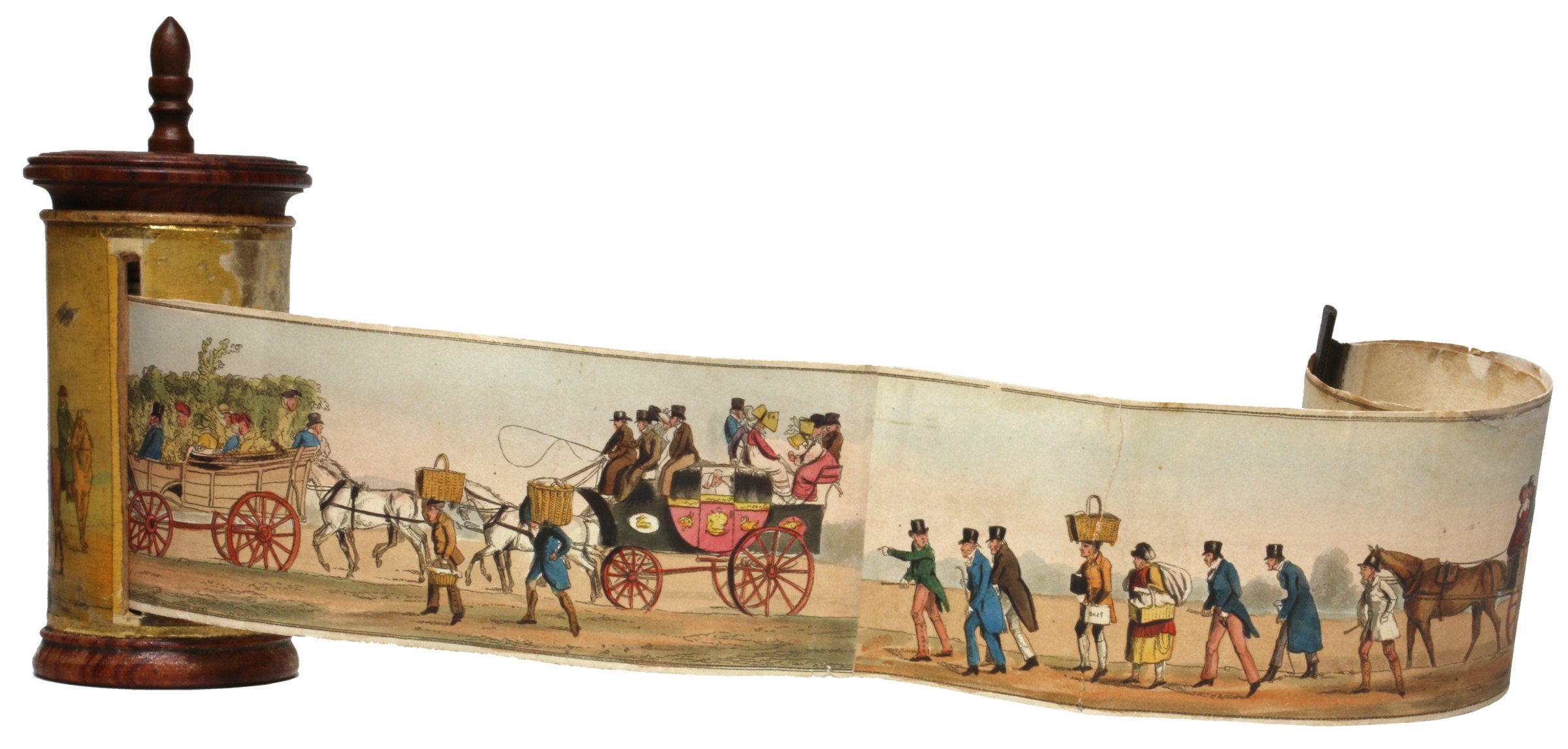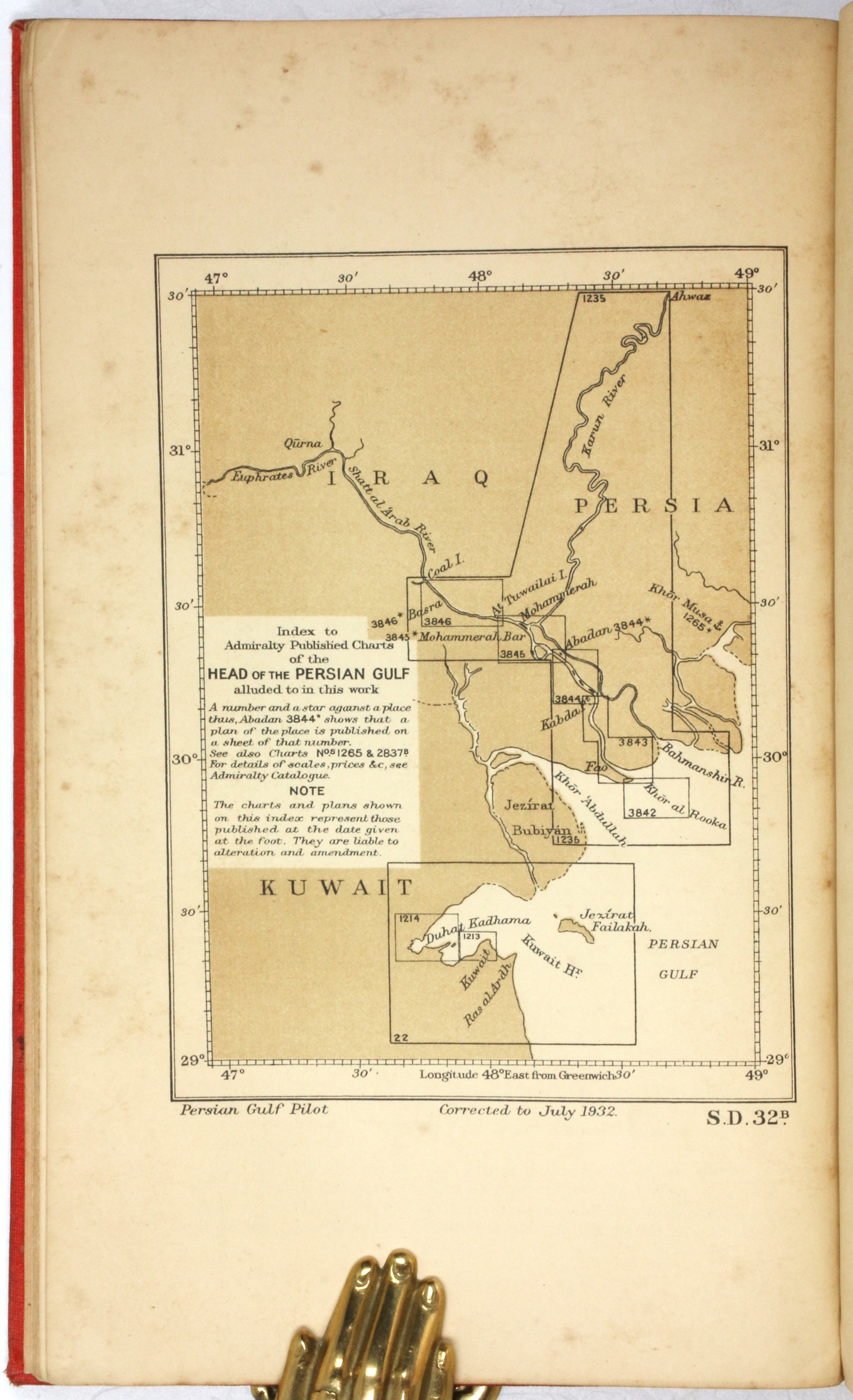The Negroland of the Arabs Examined and Explained.London, 1841.
First edition of this work on north-west Africa from the Maghreb to the Gold Coast, proposing an Arab-centric interpretation of a geopolitical landscape little understood by Europeans. Its author, the Irishman William Cooley, was aided and provided with Arabic texts and translations by the Spanish orientalist Pascual de Gayangos y Arce (1809-97).
Includes a large folding map titled "Sketch of a Map to illustrate the Arab Geography of Negroland", which delineates the African landscape from Tripoli to Cape Verde. Its most particularly detailed routes are along river systems, but also sketches out a landscape of Saharan place names and routes, including the territory of the Bedouin Beni Hassan tribes, who migrated thence in roughly the 11th century (with their origin placed by some scholars in Yemen). Saharan caravan routes run along place names such as Beni Wareth, Weinhilún, Aúkarit, and Támadelt.
Much of the text is devoted to the histories of ancient states like Ghana and Mali, as well as tracing the well-known travels of Ibn Battuta. Cooley was famous for his stubborn insistence on a few major errors in African geography, such as his opinion that there could be no snow-capped mountains on the continent (despite being presented with evidence of Mount Kilimanjaro), or that Lake Nyasa (also known as Lake Malawi) and Lake Tanganyika formed a single body of water. However, he spoke Kiswahili and was instrumental in debunking a famously (but, to this day, debatably) fraudulent account of a voyage through Africa by Frenchman Jean-Baptiste Douville (1797-1837).


